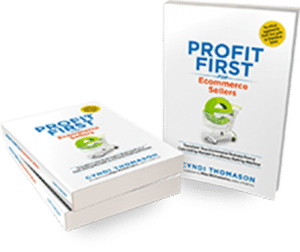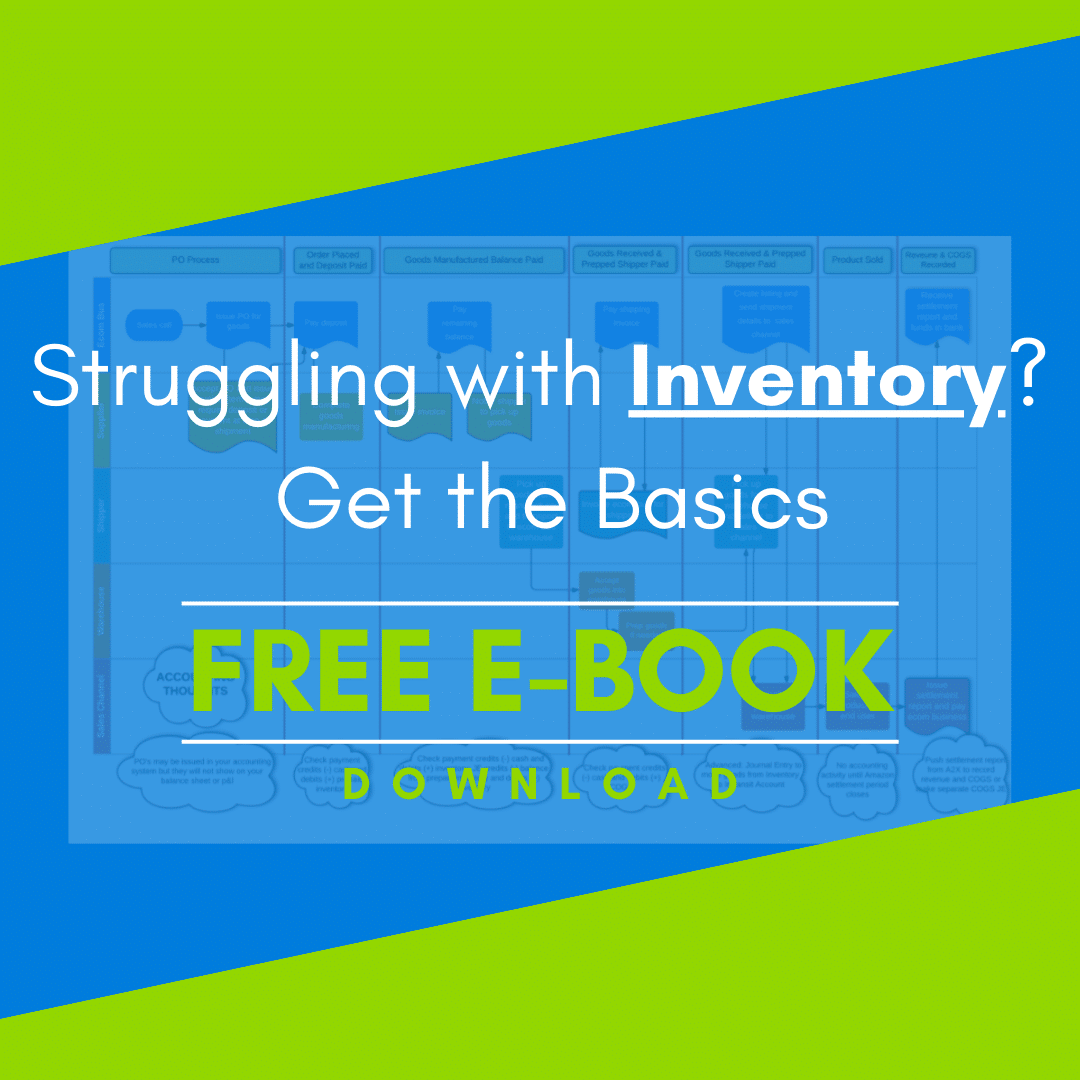
Like every year, January for bookkeepers everywhere was predominantly spent finalizing financial statements for our clients. For us, year-end is akin to any normal month-end; accuracy remains paramount throughout the year. However, this time of year, ensuring precise inventory figures is essential for taxes. Naturally, challenges will always occur.
If, by some stroke of luck, you managed to nail down your inventory figures flawlessly without needing even the slightest adjustment this year, do share your secret. But if, like most of us, you grappled with inventory accuracy either at year-end or throughout the year, or if inventory management seems like a mystifying puzzle to you, we have some strategies that can help.
With Valentine’s Day tomorrow and love in the air, neglecting the harmony between your inventory and cost of goods sold (COGS) could lead to heart break with your profitability.
Speak the Language of Inventory Love
I recall a conversation I had some time ago with my colleague Michelle, a fellow accountant. As I ranted about the inventory management troubles plaguing several of our new clients, Michelle shared a humorous insight.
She chuckled and remarked that the answers to all inventory-related queries could be found inscribed on the ceiling of her office. Intrigued, I leaned in, anticipating a profound revelation. She said, “When I ask clients questions about inventory, they always look up at the ceiling and then give me their answer.”
While I’m still looking for the inventory revelation, I do advocate a best practice when it comes to recording monthly COGS based on sold products. This method typically captures most activities accurately. Additionally, we recommend conducting a quarterly inventory reconciliation.
By conducting a comprehensive inventory assessment at the end of each quarter and aligning the product values with those used to value COGS, any discrepancies uncovered necessitate true-up adjustments to both Inventory and COGS.
Identifying the Discrepancies
Various factors can lead to discrepancies in COGS, such as lost, damaged, or stolen products, or products prepaid for yet to be received. Special vendor terms may result in received products awaiting payment.
As your business expands and complexities arise, comprehending all the moving parts becomes essential for maintaining accurate financial records. Nothing is more disheartening than laboring throughout the year, believing your profitability is sound, only to have it wiped away by a year-end inventory adjustment.
Similarly, adjusting inventory upward and reducing COGS to inflate profits might lead to an unexpected tax burden.
Feel the Connection
Building a strong connection is crucial in any relationship, and implementing sound inventory management practices is key to achieving this. Solid data throughout the year aids in making informed operational decisions, and tax time becomes less daunting.
If you’re ready to foster a deeper connection between inventory and your financial records, download our free guide, “Inventory Basics: What Every Ecommerce Seller Needs to Know,” where we address six common concerns and provide solutions.
In this guide, you’ll learn about:
- How inventory functions on the Balance Sheet and the P&L
- Factors to consider in unit cost calculations
- Expenses that should be directly expensed to the P&L
- Best practices for inventory tracking using spreadsheets
- Considerations for implementing inventory software tools
- Addressing advanced inventory issues
With proficiency in the language of inventory love, you’ll be equipped to nurture a robust relationship that endures the test of time.

If your ecommerce business isn’t where you’d like it to be in terms of profitability, check out my book, Profit First for Ecommerce Sellers. It answers important questions about how to implement Profit First in an ecommerce business. Take control of your money and your business, and put Profit First to work for you!
You can also sign up for the Profit First for Ecommerce Sellers Online Course. As a Mastery Level, Certified Profit First Professional, I will teach you why Profit First works so well for ecommerce businesses and the particular challenges for businesses that have physical products requiring inventory management. You will learn how your behavior drives your money management habits for your business and how you can set up your business bank accounts to work with your habits.
Check out all our ecommerce accounting and profit advising services here!




Leave a Comment